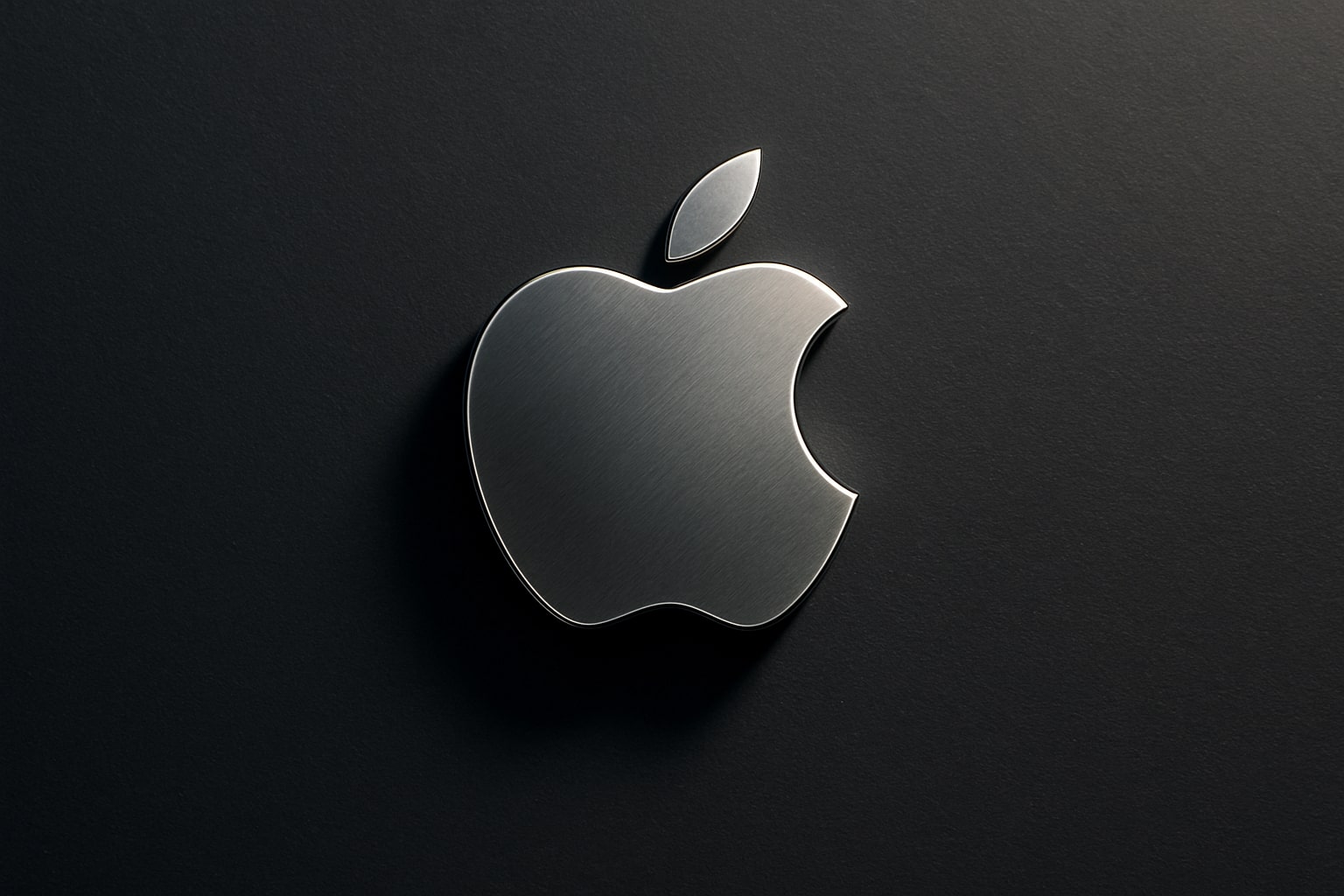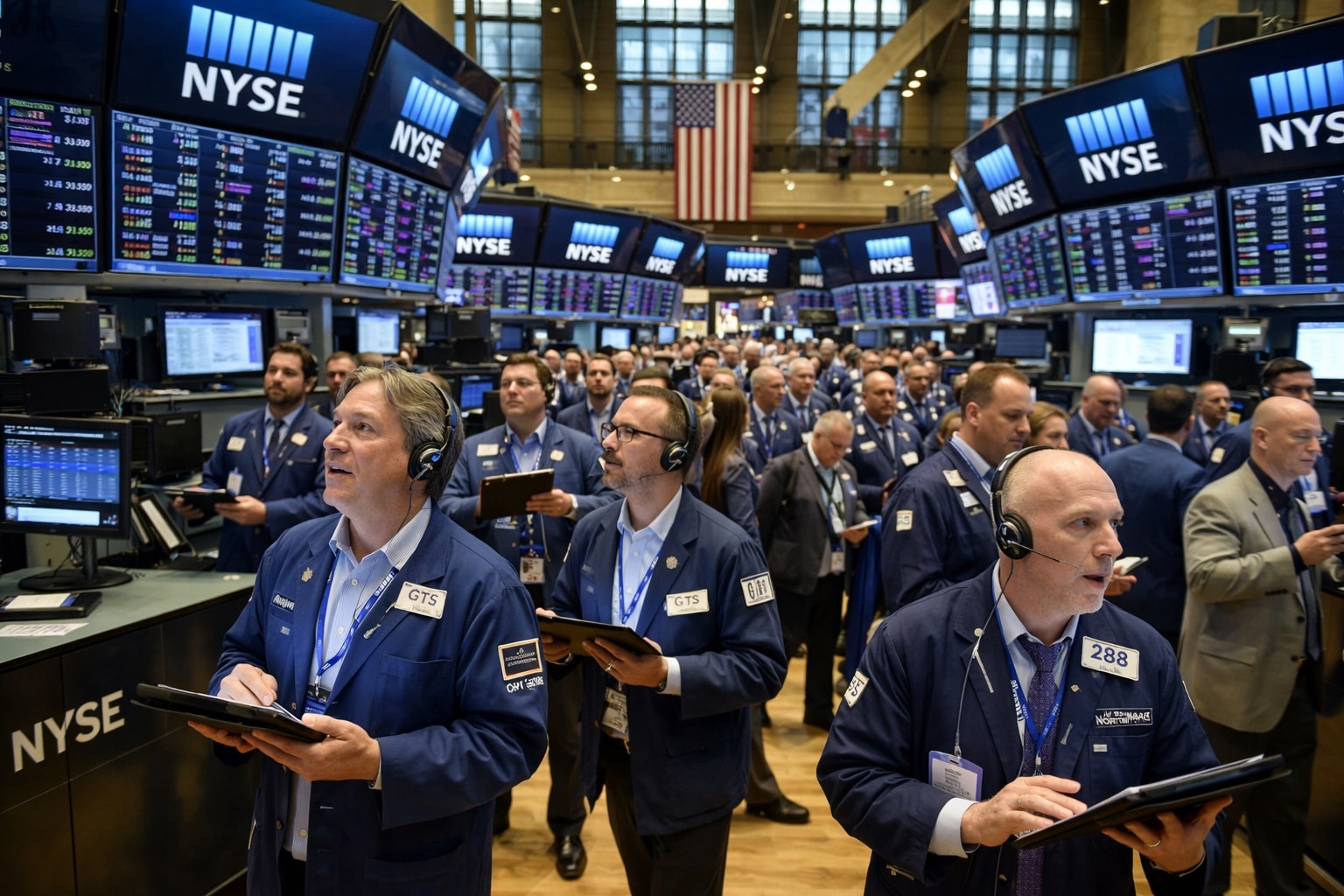Apple (NASDAQ:AAPL) Stock Analysis – iPhone 17 Event, Valuation Reset, and AI Strategy
Apple (AAPL) Event Impact and Product Cycle Reset
Shares of Apple (NASDAQ:AAPL) fell sharply after the September product launch, closing at $226.84, down 3.2%, as investors reacted to muted excitement around the new iPhone 17 lineup, Apple Watch Series 11, and AirPods Pro 3. Historically, Apple stock drops an average of 2% around iPhone unveilings, and this year’s decline followed that pattern. Despite the initial disappointment, the event did introduce significant product changes: the ultra-thin iPhone Air priced at $999, the iPhone 17 Pro starting at $1,099 with higher default storage, and the Pro Max with a 2TB storage option. AirPods Pro 3 now feature real-time translation and heart-rate monitoring, while Apple Watch Series 11 integrates hypertension detection and sleep-scoring technology. These incremental upgrades without price hikes allow Apple to preserve margins despite $1.1 billion in quarterly tariff exposure.
AI Integration and Google Partnership Benefits
Apple remains cautious in the AI arms race compared to peers like NVIDIA (NASDAQ:NVDA) and Meta (NASDAQ:META). Its strategy emphasizes privacy and seamless ecosystem integration rather than headline-grabbing breakthroughs. Reports confirm Apple is in talks with Google to integrate Gemini AI into Siri for 2026, a move that could help close the AI gap. Crucially, Apple also secured a major win when U.S. courts allowed Google Search payments to continue, protecting an annual revenue stream estimated at $20 billion. These developments provide both cash flow stability and a framework for gradual AI rollout across devices.
Financial Performance and Regional Growth
Apple generated $408.6 billion in revenue over the past year with profit margins of 24.3% and net income of $99.2 billion. In India, sales reached nearly $9 billion in FY2025, up 13% YoY, highlighting the importance of emerging markets in offsetting sluggish demand in North America. Meanwhile, Chinese iPhone sales showed improvement after several quarters of weakness, aided by targeted pricing strategies and new product positioning. Analysts expect global upgrade demand, with over 315 million iPhone users not having upgraded in four years, to provide a foundation for the iPhone 17 cycle.
Valuation Metrics and Analyst Targets
Apple is valued at $3.48 trillion with a trailing P/E of 35.5x and forward P/E of 29.5x, trading at a premium compared to peers. Its PEG ratio of 2.27x indicates elevated growth expectations. Analysts remain split: Rosenblatt raised its target to $241 (Neutral), HSBC reiterated $220 (Hold), BofA and Wedbush boosted targets to $270 (Buy/Outperform), and Melius Research set the most bullish outlook at $290, suggesting 24% upside from current levels. The broad range of $175–$300 reflects divergent views on Apple’s AI roadmap and product cycle execution.
Technical Picture of AAPL Stock
The stock is consolidating between $226 and $234, with resistance at $241.30 and support levels at $222 (50-day EMA) and $216 (200-day EMA). The RSI at 59 signals neutral-to-bullish momentum, while recent pullbacks are seen as healthy consolidation within a long-term uptrend that began in July. A breakout above $241 could pave the way toward $245–$250, while a failure below $222 risks a retest of $216.



















